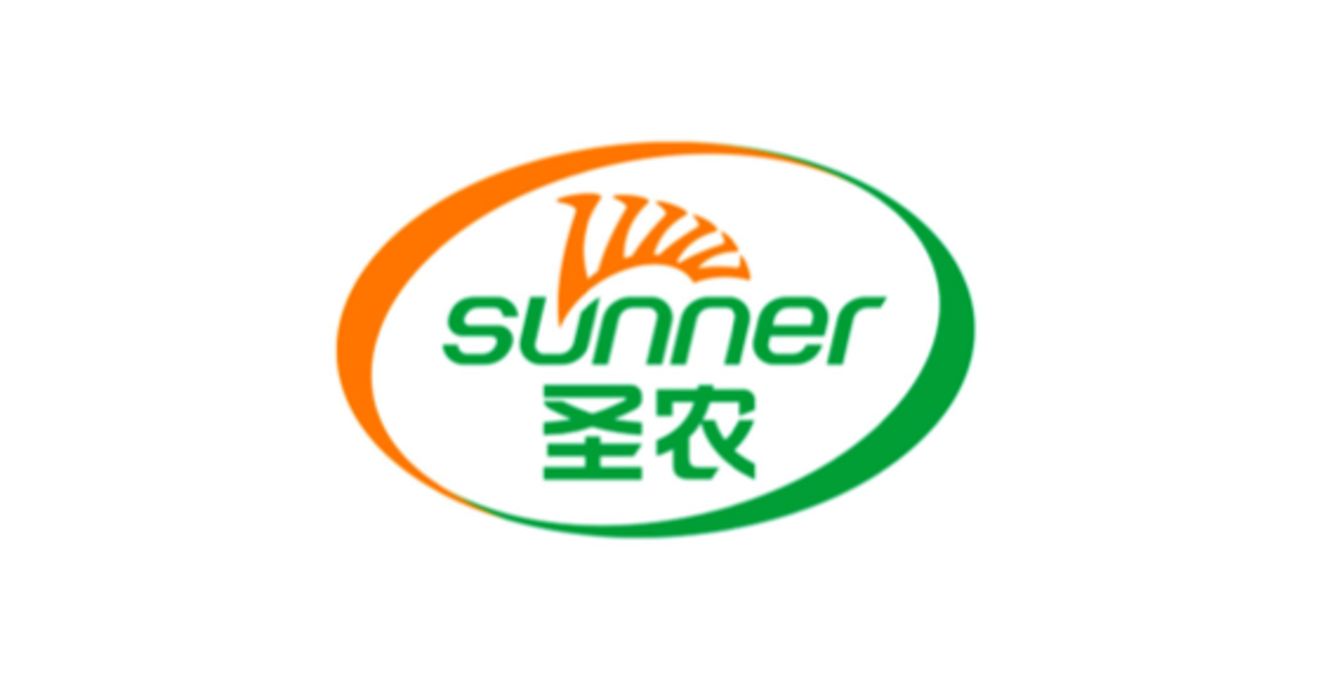Fujian Sunner Development Co Ltd
Key Information
HQ:
China
Market Cap:
$2.23bn
Primary Market:
Asia
Business Type:
Protein Producer
Company Information
Company Summary
Fujian Sunner, established in 1983 and located in Nanping, China, focuses on breeding, slaughtering, processing, and selling chicken products. The company provides frozen chicken to a variety of customers, including fast food chains, the food industry, and meat wholesalers.
Revenue
Total revenue:
$2.5bn
Revenue by Geography
Revenue by Protein
Revenue by Product Type
Disclosures
CDP ScoresLast Reviewed: 16/10/2024
| CDP Climate | CDP Forests | CDP Water |
|---|---|---|
| Yes | Yes | No |
Science Based Target initiativeLast Reviewed: 16/10/2024
| Target classification | Status | Date |
|---|---|---|
| Has not set SBT | - | - |

